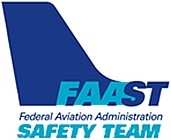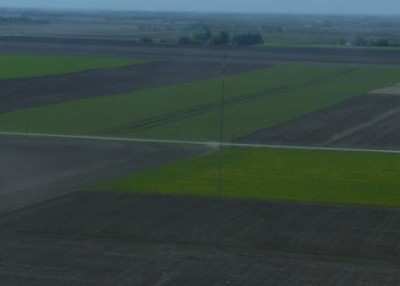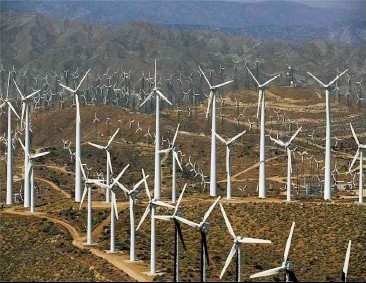Thu, May 13, 2010
Often Uncharted, Difficult To See
 The FAA Safety Team (FAAST) has published an advisory about the
hazards of MET (Meteorological) Towers that are often erected
quickly and can be in place for months or years. The towers are put
up to help gather meteorological information before the
construction of a wind farm or other alternative energy
project.
The FAA Safety Team (FAAST) has published an advisory about the
hazards of MET (Meteorological) Towers that are often erected
quickly and can be in place for months or years. The towers are put
up to help gather meteorological information before the
construction of a wind farm or other alternative energy
project.
Towers generally range in height from 30, 50, 60 and 80 meters
tall. Any tower less than 200 feet in height is not required by
regulation to be lighted. At this time there is no standardized
notification system in place to indicate when and where these
towers are erected.
These are not posted in any Airport Facility Directory, NOTAMS,
etc. unless they interfere with airport operations.

MET Tower FAA Photo
According to the FAA, a sponsor proposing any type of
construction or alteration of a structure that may affect the
National Airspace System (NAS) is required, under the provisions of
Title 14 Code of Federal Regulations (14 CFR part 77, Objects
Affecting Navigable Airspace), to notify the FAA by completing the
Notice of Proposed Construction or Alteration form.
Generally, any structure that exceeds an overall height of 200
feet above ground level (AGL) or exceeds any obstruction standard
contained in 14 CFR part 77 should be marked and/or lighted.
Because of the lighting requirement, most METs are just under 200
feet AGL. However, even if the tower is under 200 feet AGL, or
meets 14 CFR part 77 standards, the FAA may still recommend marking
and/or lighting because of its particular location.

Wind Farm Dept. of Interior Photo
The wind turbines that follow the MET towers can also be
difficult to see. An inter-agency memo issued by the Department of
the Interior and the Forest Service on low-level flight operations
says that wind turbine generators are usually painted white because
it’s the most effective daytime early warning device. Other
colors, such as light gray or blue, appear to be significantly less
effective in providing daytime warning. Daytime lighting of wind
turbines, regardless of height, is not required, as long as the
structures are painted in a bright white color or light off-white
color.
More News
Pilot Applied Full Aft Stick And Nose-Up Trim, But The Airplane Remained On The Runway Analysis: The pilot reported that a preflight inspection and flight control checks revealed n>[...]
A Few Questions AND Answers To Help You Get MORE Out of ANN! 1) I forgot my password. How do I find it? 1) Easy... click here and give us your e-mail address--we'll send it to you >[...]
From 2022 (YouTube Edition): Before They’re All Gone... Humankind has been messing about in airplanes for almost 120-years. In that time, thousands of aircraft representing i>[...]
Advanced Air Mobility (AAM) A transportation system that transports people and property by air between two points in the NAS using aircraft with advanced technologies, including el>[...]
Aero Linx: MQ-1B Predator The MQ-1B Predator is an armed, multi-mission, medium-altitude, long-endurance remotely piloted aircraft that is employed primarily as an intelligence-col>[...]
 NTSB Final Report: Douglas A-4K
NTSB Final Report: Douglas A-4K ANN FAQ: Q&A 101
ANN FAQ: Q&A 101 Classic Aero-TV: PBY Catalina--From Wartime to Double Sunrise to the Long Sunset
Classic Aero-TV: PBY Catalina--From Wartime to Double Sunrise to the Long Sunset ANN's Daily Aero-Term (07.01.25): Advanced Air Mobility (AAM)
ANN's Daily Aero-Term (07.01.25): Advanced Air Mobility (AAM) ANN's Daily Aero-Linx (07.01.25)
ANN's Daily Aero-Linx (07.01.25)





